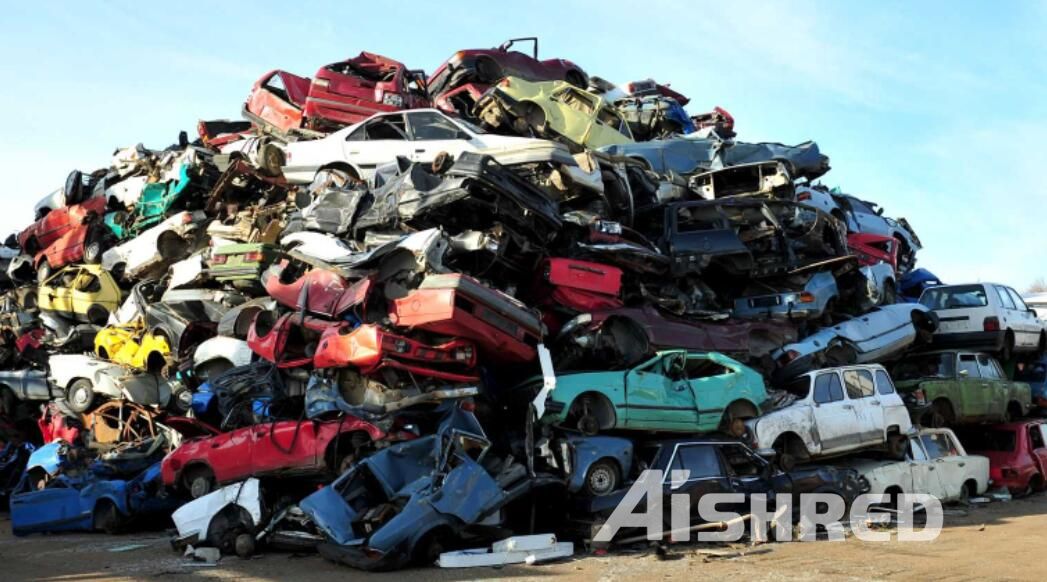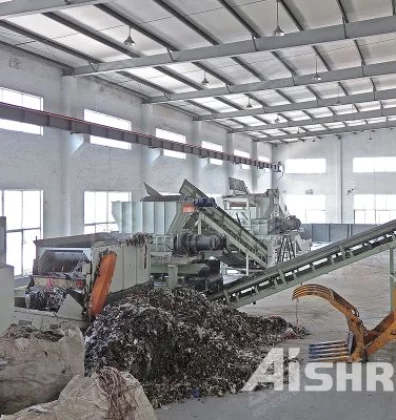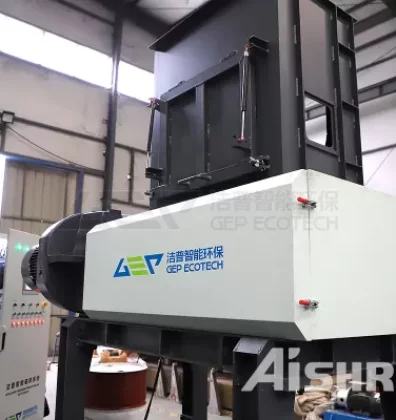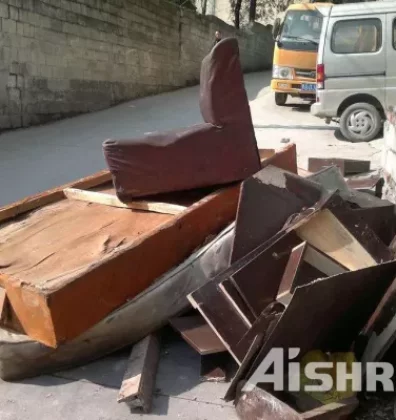Every year, tens of millions of vehicles in the world reach the end of their life. If the end-of-life-vehicles(ELVs) are not handled properly, it will not only cause environmental problems, but also cause a lot of material waste.
Various countries and areas in the world have or are developing rules for the automotive recycling industry in order to:
- Prevent hazardous waste from end-of-life vehicles from polluting the environment.
- Recycling ferrous and non-ferrous metals from end-of-life vehicles.
- Improve recycling efficiency and reduce waste and landfill volumes.

I'd like to introduce the process of recycling ELVs.
Depollution
Hazardous fluids, such as petrol/diesel, oil, brake fluid, antifreeze, coolants etc are removed and collected in separate tanks.
Some can be re-used directly, and some after simple filtration or further processing. At the depollution point the batteries, wheels and tyres are also removed while pyrotechnic devices such as airbags are safely neutralised or removed.
Non-hazardous items may also be removed at this point if they can be more effectively recycled or re-used at this stage. For example catalytic converters contain high value metals and are best recycled separately from the rest of the vehicle structure.
To aid staff in locating materials and components within the old vehicle, manufacturers make available detailed information on dismantling each individual model. For instance IDIS, the International Dismantling Information System, is free and manufacturers are required to ensure a new model’s data is available within six months of market launch.
Shredding and Post Shredding Separation
Once the vehicle has been depolluted, it will be either crushed into a cube or flattened and transported to a shredding site. Some will remove engines and gearboxes prior to shredding where there is an economic incentive to do so.
The shredder tears the crushed vehicle into fist sized chunks and various techniques are used to extract the different materials the vehicle was constructed from.
For example, air currents are used to separate light and heavy materials, magnets are used to extract ferrous metals, and ‘eddy current separators’ used to extract non-ferrous metals. The remaining mixed materials may be further separated at a dense media separation plant, where other characteristics are exploited. For example, plastics can be separated in tanks of liquid that allow some material to float and some to sink. A series of ‘trommels’ (rotating mesh tubes), which separate the material by its size, or vibrating tables on which some materials move further than others, all allow for further material separation.
GEP ECOTECH Shredding & Separation Technology in ELV Recycling
GEP ECOTECH provides optimized shredding and separation systems for the automotive recycling industry. Our different types of heavy equipment operate in the harshest environments and are guaranteed to be always reliable. Pre-shredders can shred dismantled car shells for recycling of ferrous and non-ferrous metals; Post-shredders can finely shred the shredder residue, further recover the metal, the combustible material can be made into fuel.




